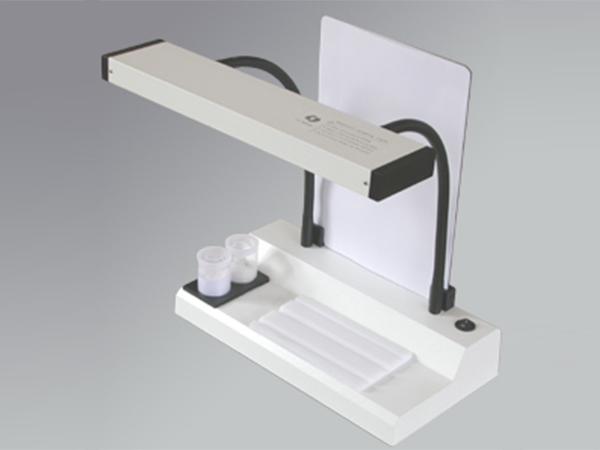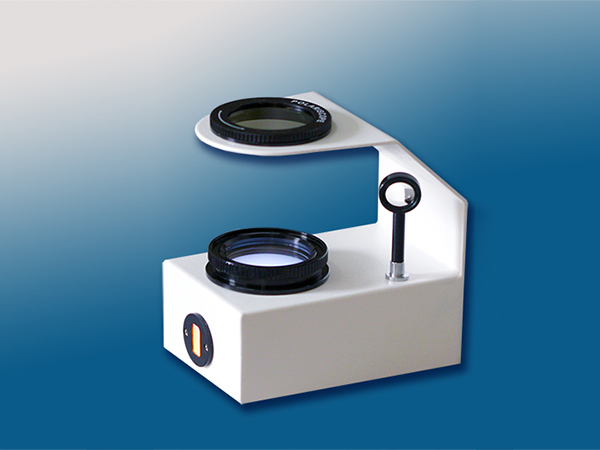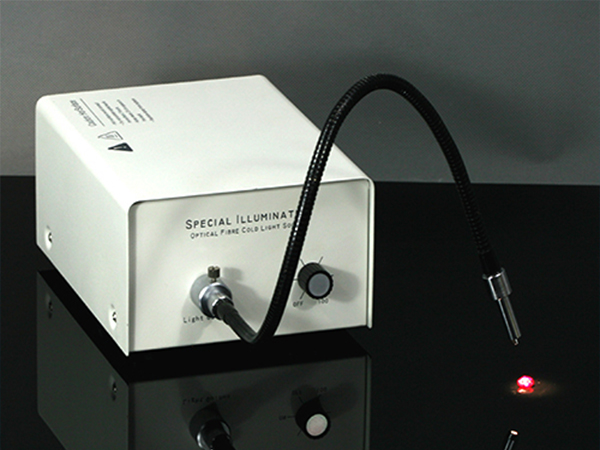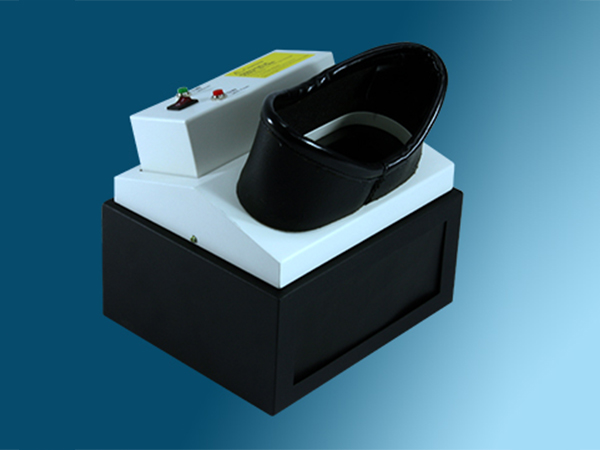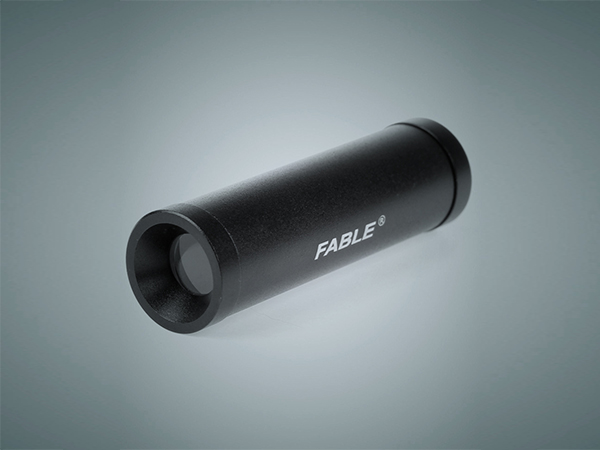Working principle: Colorimetric lamp is the fluorescent lamp with color temperature in the range of 5500K~7200K. In diamond color grading, colorimetric lamp is indispensable. The color of diamond is closely related to the lighting source used. Using uniform colorimetric lamp can eliminate the influence of different light sources on color grading, and ensure the consistency and comparability of color grading results of different laboratories and technicians. Reduce the influence of external factors on color classification, improve the accuracy of color classification, reduce t
Working principle: Composed of upper and lower polarizer and light source. In addition, it can be equipped with a glass carrier, interference ball and convex lens. The light source is usually an ordinary incandescent lamp. Sometimes a narrow window is opened in front of the polaroid light source box in an orthogonal position, which can also provide the light source for the refractometer. Polarizers are usually designed with lower polarizers fixed, and upper polarizers can be rotated to adjust the polarization direction. When natural light passes through the lower polar
Instrument overview: Optical fiber cold light source is the most commonly used auxiliary tool in the laboratory, which can be used for spectral observation, microscopic observation and other aspects of light source, because of the use of optical fiber output, flexible operation. Technical parameters: 100W/150W adjustable high-efficiency light source; Output of 100cm anti-break characteristic optical fiber; Input voltage 110V/220V optional; A variety of optical fiber options: hard and soft fiber tube; One in and out of the optical fiber; Mute design, dryness level: 52db; Heat dissipation: forced air cooling;
Instrument overview: Long and short wave dual wavelength ultraviolet lamp, mainly used for the test samples in the ultraviolet wavelength radiation, stimulated conditions of luminescence, used to identify and distinguish gems, or to understand the characteristics of gem optimization treatment, natural and synthetic, or after some filling treatment. Technical parameters: LW=365nm SW=253.7nm dual wavelength; Special filter visible filter, and coating protection, excellent stability; Switching between long and short wave dual solid state relays ensures the accuracy of wavelength selection. The light source box is separated from the sample observation room to facilitate the observation of large size samples. Protected by protective glass; Large black box and curtain type take lofting window; Optional wavelength discrimination board for accurate determination of the wavelength in use.
Working principle: White light can be decomposed into monochromatic light of different wavelengths by using a dispersion element (prism or grating) and a continuous visible light spectrum can be formed. Various pigment ions (transition group elements, some rare metals (elements) and radioactive elements) contained in gem have different degrees of selective absorption of visible light spectrum. Absorption bands and absorption lines in the spectrum of gemstones have fixed absorption positions, which can be used to identify the variety of gemstones and help to point out the caus
Working principle: When natural light enters the inhomogeneous gemstone, it is decomposed into two beams of polarized light whose directions of vibration are perpendicular to each other. The anisotropy of an inhomogeneous gem causes the stone to absorb light in different vibrational directions differently, and it is possible to see different colors as long as the light from the two vibrational directions can be separated. The commonly used dichroic mirror is the Iceland SPAR dichroic mirror, which is composed of glass prism, Iceland SPAR prism, lens, light window and eye
- 1
- 2

